

In a major advancement for sustainable construction, scientists have created a cement-free soil solidifier from industrial waste. By combining Siding Cut Powder and activated by Earth...
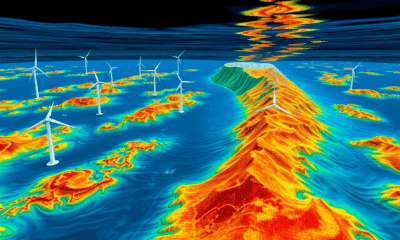

A new method for predicting underwater landslides may improve the resilience of offshore facilities.
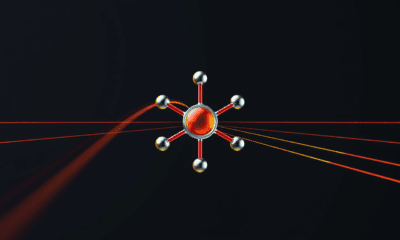

Researchers proposed a novel strategy for using a magnetic field to boost the efficiency of single-atom catalysts -- thus speeding up helpful reactions used for ammonia...
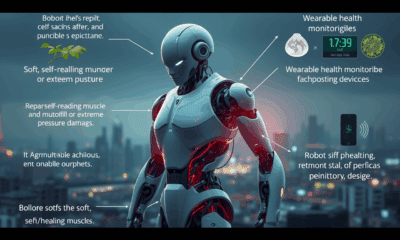

Students recently unveiled their invention of a robotic actuator -- the 'muscle' that converts energy into a robot's physical movement -- that has the ability to...
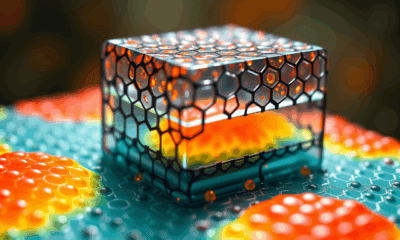

Materials scientists have succeeded in creating a genuine 2D hybrid material called glaphene.


As the world shifts toward sustainable energy sources, 'green hydrogen' - hydrogen produced without emitting carbon - has emerged as a leading candidate for clean power....


Lightweight, powerful lithium-ion batteries are crucial for the transition to electric vehicles, and global demand for lithium is set to grow rapidly over the next 25...


Scientists have developed a powerful new tool for finding the next generation of materials needed for large-scale, fault-tolerant quantum computing. The significant breakthrough means that, for...


Researchers present new experimental and theoretical results for the bound electron g-factor in lithium-like tin which has a much higher nuclear charge than any previous measurement....
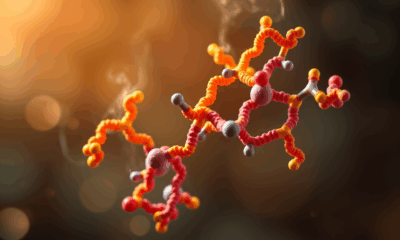

Most people have witnessed -- or rather smelled -- when a protein enzyme called sulfite reductase works its magic. This enzyme catalyzes the chemical reduction of...